Due to technical concerns, NASA has delayed the Boeing Starliner’s return to Earth from the International Space Station with its first crew of astronauts, Barry Eugene ‘Butch’ Wilmore and Sunita Williams.
There is no new date specified, increasing concerns about the return time of the astronauts on Boeing’s first crewed flight.
NASA has postponed the Boeing Starliner’s return to Earth from the International Space Station with its first crew of astronauts, Barry Eugene “Butch” Wilmore and Sunita Williams, to allow for a more thorough study of technical concerns encountered.
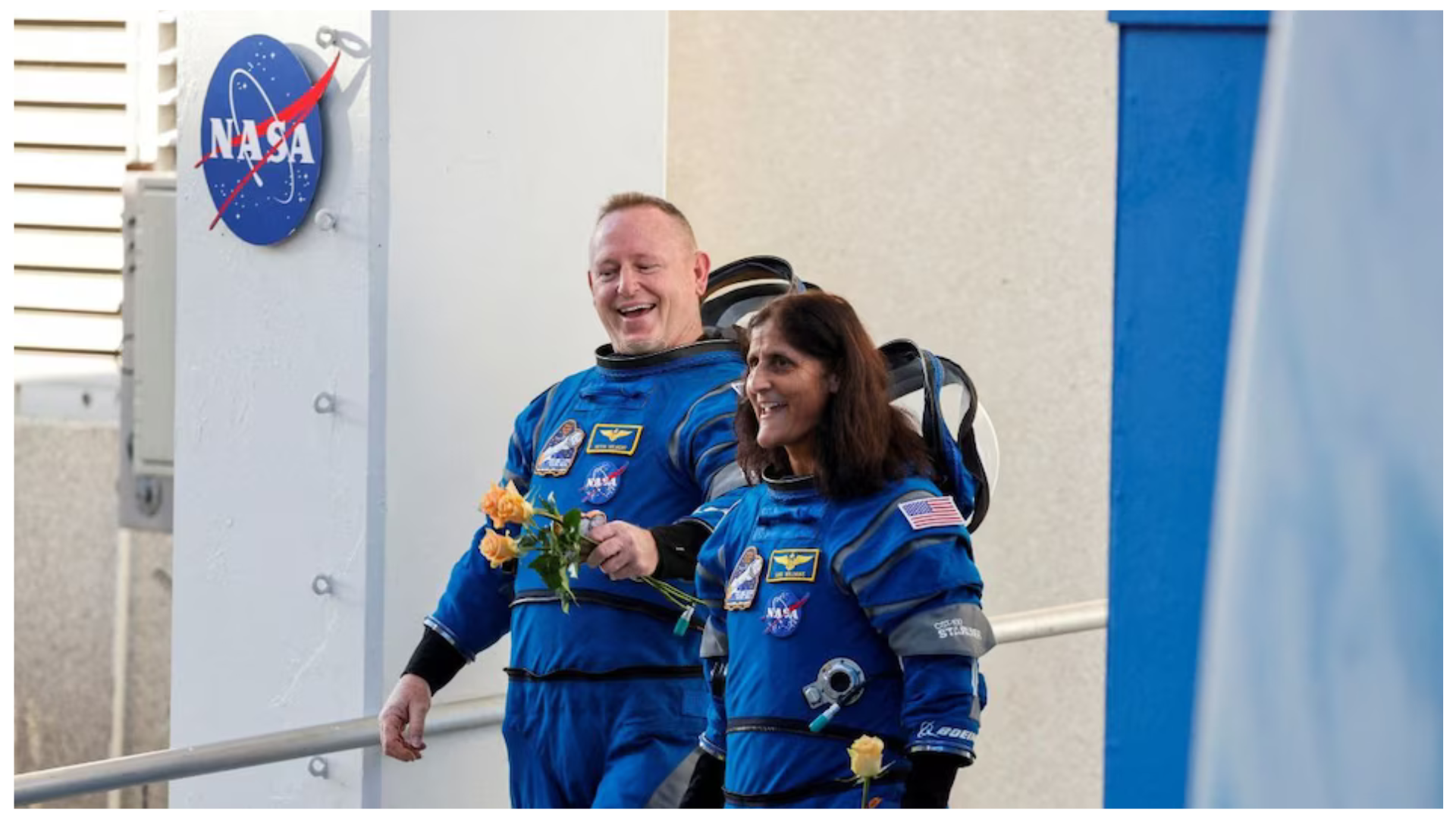
It did not establish a new date, raising concerns about the scheduling of the two astronauts’ return from Boeing’s first crewed flight, which was originally scheduled for June 26, a delay from the original June 14 date.
Commenting on what is expected to happen next, ISRO Scientist Mylswamy Annadurai says, “Any space program, when transiting, needs to ensure that all systems for the next save are ready.” There were a few delays during the launch. Following the boarding, they were both evacuated. The actual launch took place once all of the countdowns were completed and everything was in order. They can return once the system is completely ready.”
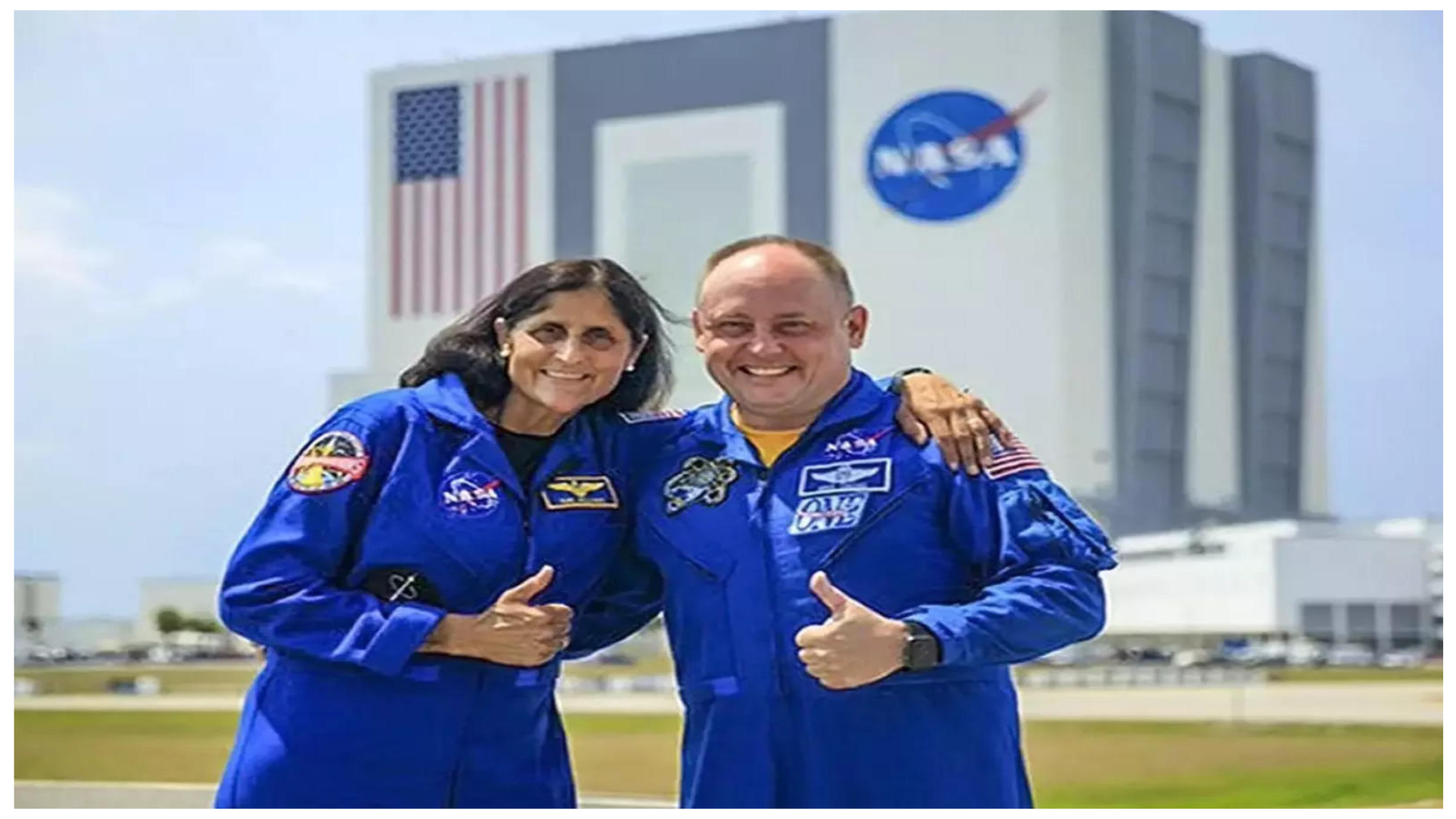
“It is an integral feature of the space game… People will not take any action unless they are very certain, especially when human lives are involved. Things will be taken care of correctly,” he said.
The spacecraft’s crewed test, which has gone to orbit twice in January 2019 without passengers on board, has resulted in five failures of its 28 maneuvering thrusters, five helium gas leaks intended to pressurize those thrusters, and a slow-moving propellant valve that indicated unresolved previous concerns.
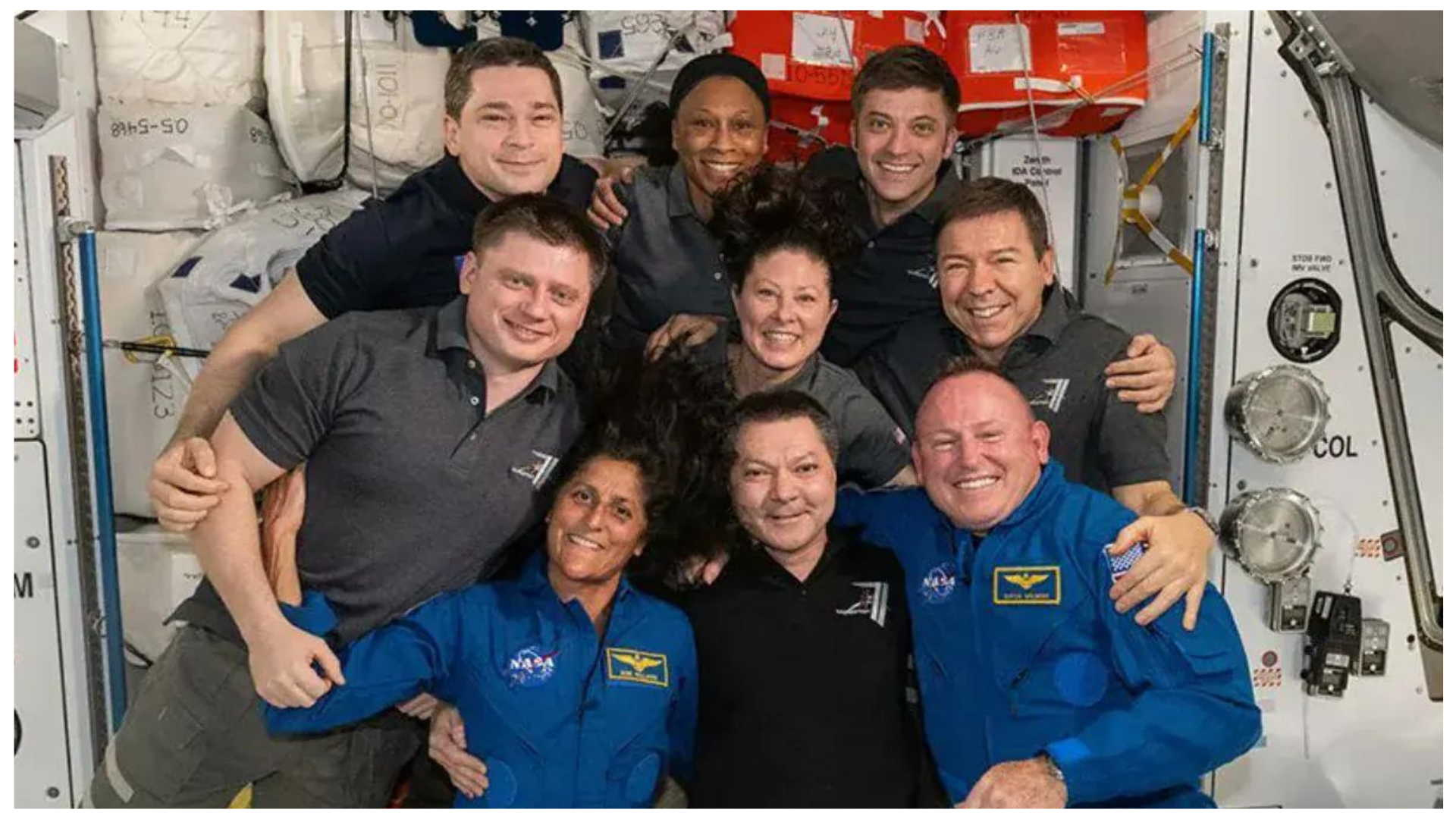
The challenges, as well as the additional testing conducted by NASA and Boeing, raise questions about whether the Starliner’s crew will be able to complete the nearly six-hour return voyage home, adding to the program’s overall problems.
Boeing has spent $1.5 billion on cost overruns for its $4.5 billion NASA development contract.
NASA wants Starliner to be the second U.S. spacecraft capable of transporting men to the ISS, alongside SpaceX’s Crew Dragon, which has been the primary ride since 2020.
However, Boeing’s Starliner development has faced years of software malfunctions, design issues, and subcontractor disagreements.
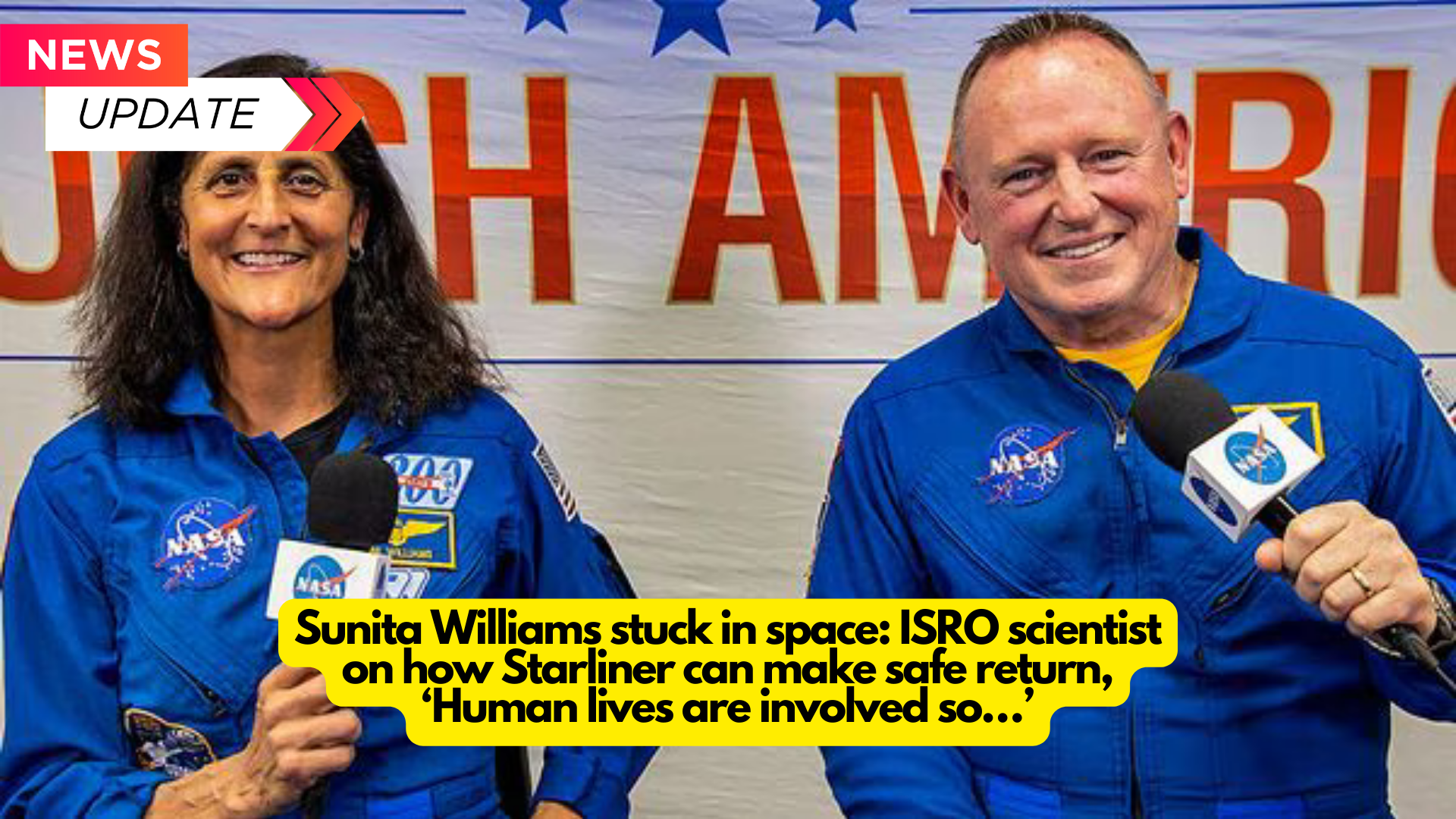
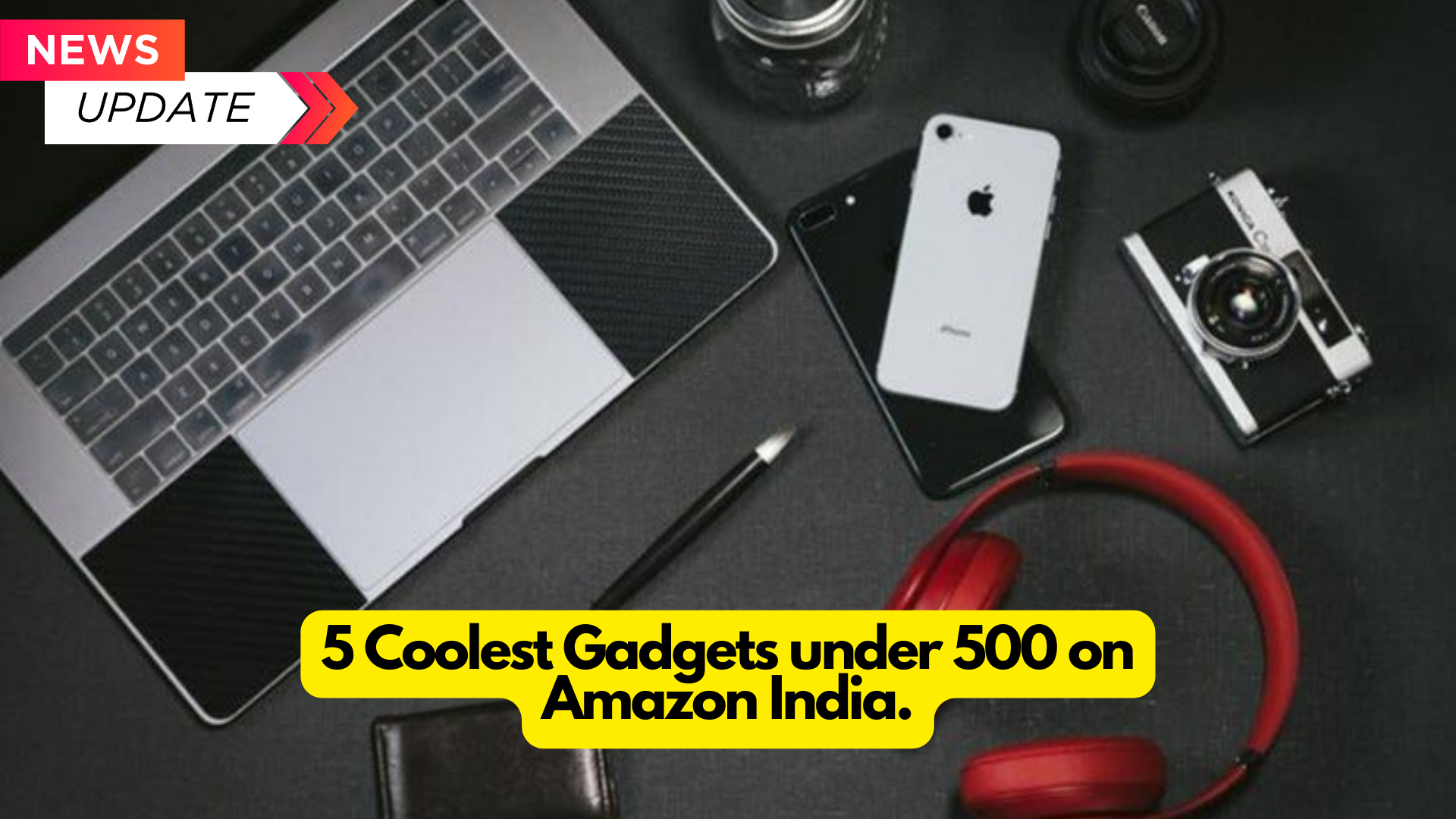


Thanks for sharing. I read many of your blog posts, cool, your blog is very good.